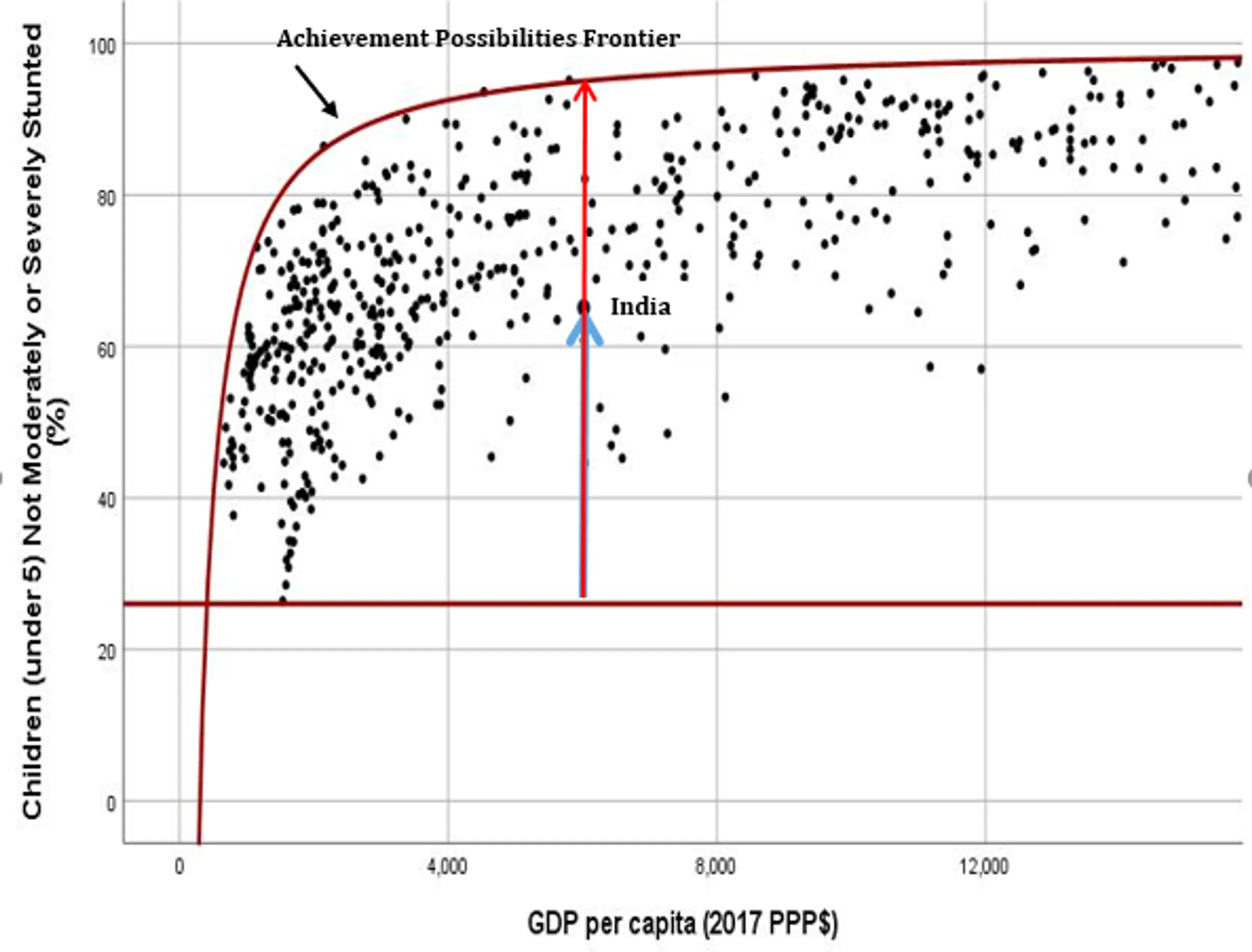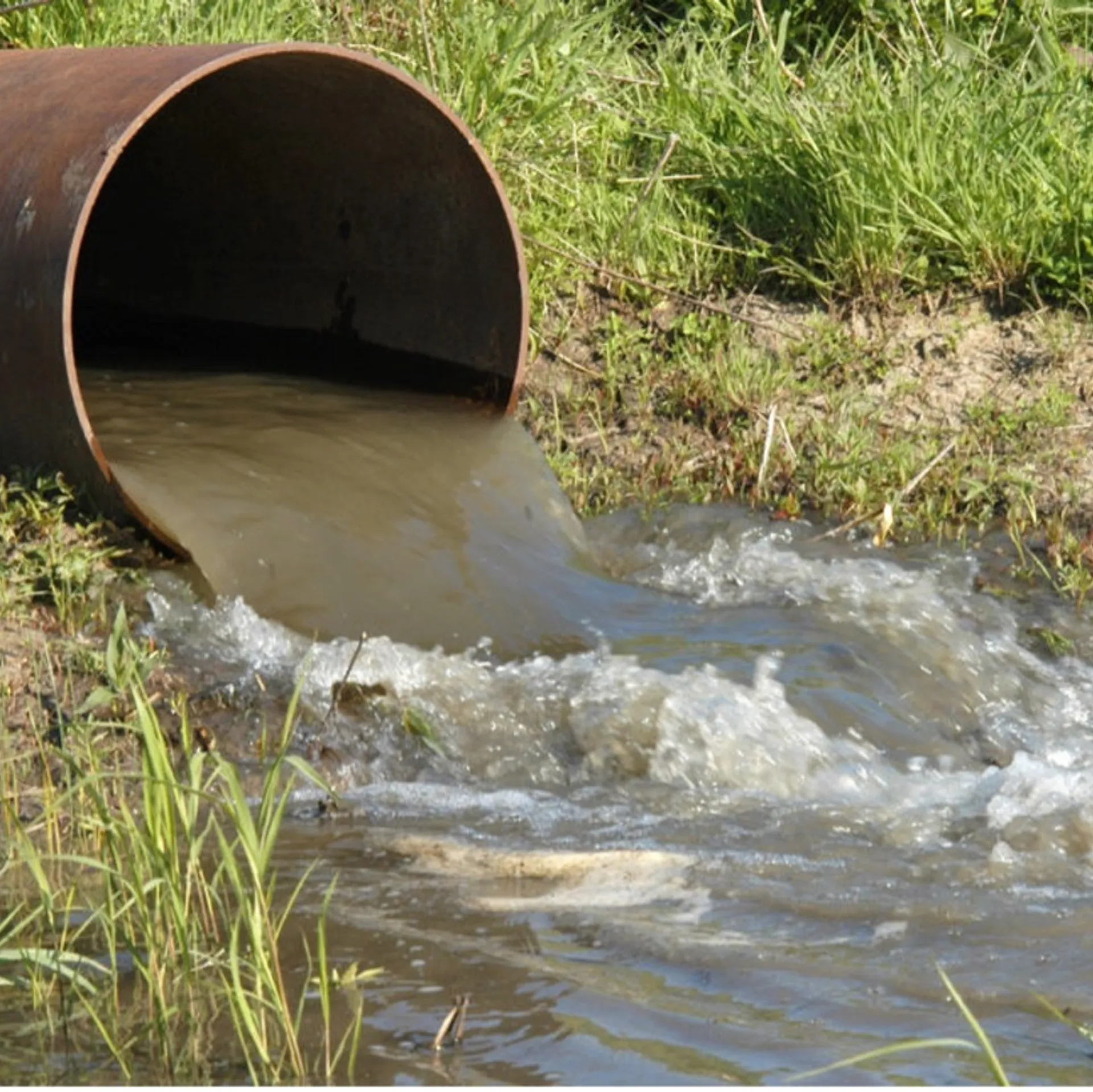Will the HDI Become Yesterday’s Measure?

When the Human Development Index (HDI) was introduced in 1990, it was widely celebrated as a significant improvement over existing measures that predominantly relied on GDP to gauge global human development progress. But is this still the case today, or has a new standard emerged to capture the complexities of human well-being?

What exactly is the HDI and how did it reshape our understanding of human development?
The HDI is a straightforward concept that utilises universally agreed-upon indicators to create an index, which serves two main purposes:
- Ranking and comparing countries based on their advancements in human well-being.
- Monitoring the progress of human development within a specific country over time.
Consequently, educators in geography and development studies have often regarded the HDI as the "best" approach to defining human development. However, it is worth considering whether this is still the case.
In recent years, the HDI has faced mounting criticism.
Many believe that the concept of the HDI is outdated. While the HDI serves as a useful starting point for teachers and students, it does have its limitations:
- It is an aggregate score that conceals significant regional disparities within countries.
- There is a strong correlation between GDP and HDI. However, higher national income does not always translate to higher levels of welfare.
- As an aggregate measure, the HDI also masks varying levels of inequality within countries.
- There are concerns regarding the selection and measurement of variables used in the HDI calculation.
Critics argue that countries with higher GDP will consistently rank higher on the HDI scale, solely due to their financial resources enabling them to provide superior healthcare and education compared to countries with lower GDP.
Comparing countries with differing GDP does not yield equitable comparisons.
This critique has prompted several scholars, including Sakiko Fukuda-Parr, who was involved in constructing the original Human Development Index, to propose a new direction. For Fukuda-Parr, the crucial focus lies not in a state's HDI ranking, but in how well it meets the development needs of its people, taking into account the resource constraints it faces. She envisions populations having a set of economic and social rights, which the state is obligated to progressively fulfil. These rights include access to an adequate standard of living, food security, housing, employment, and more.

The Social and Economic Rights Fulfilment (SERF) index measures these rights.
SERF is an index measure ranging from 0 to 100, evaluating the achievement of various variables linked to economic and social rights. It compares what has been accomplished against what could have been feasibly achieved at a given GDP level.
In essence, each variable, such as food intake, is plotted against GDP for numerous countries, resulting in a scatter plot with a best-fit line. This enables an estimation of where a country should stand based on its GDP level. By performing this analysis for multiple variables, an aggregate score and ranking, similar to the HDI, are generated for each country. Two tables are then produced, ranking countries with high GDP and those with medium and low GDP.

Countries that score well on the HDI scale do not always fare as well on the SERF index.
By updating the scores on an annual basis or at regular intervals, it becomes possible to track a country's progress in fulfilling its obligations. As a country's GDP rises, so do its responsibilities, creating a dynamic situation. For further information, you can visit the following sources:
- Center for Economic and Social Rights Human Rights FAQs
- openDemocracy It’s about values: human rights norms and tolerance for inequality
- The Rightstrack Beyond GDP: a measure of economic and social rights
- Social Watch SERF: A New Human Rights Approach
Find exactly what you’re looking for.
- Popular Searches
- Biology
- A Level Media Studies
- Chemistry
- Geography
- Physics
- A Level Environmental Science
Newsletter
General
Work with us
Get in touch
- © 2025 Curriculum Press
- Terms & Conditions
- Privacy & Cookies
- Website MadeByShape









